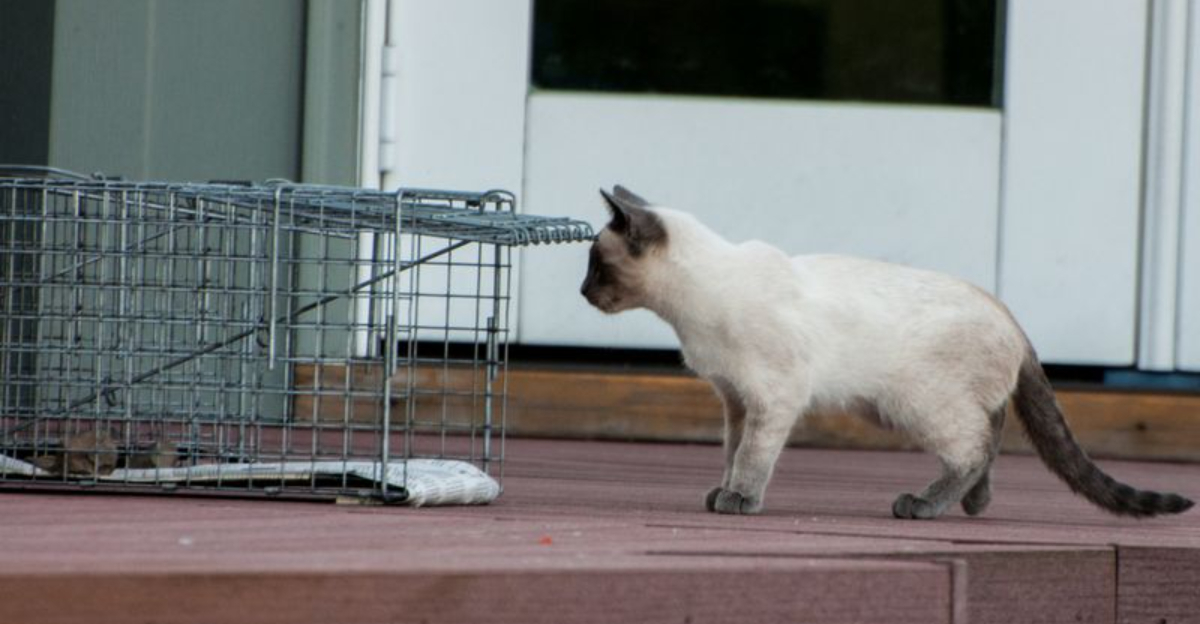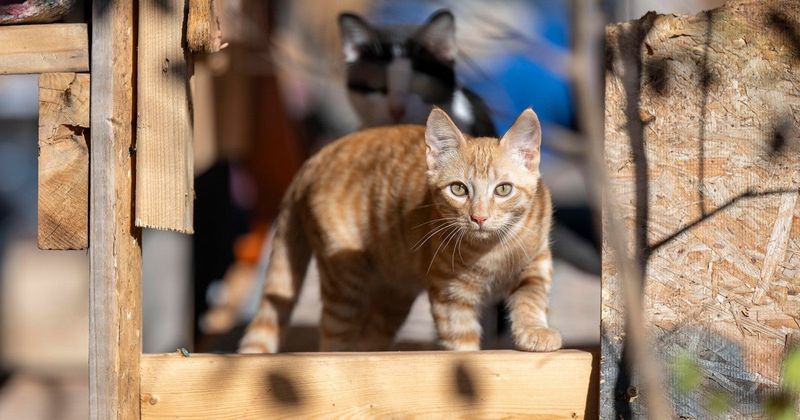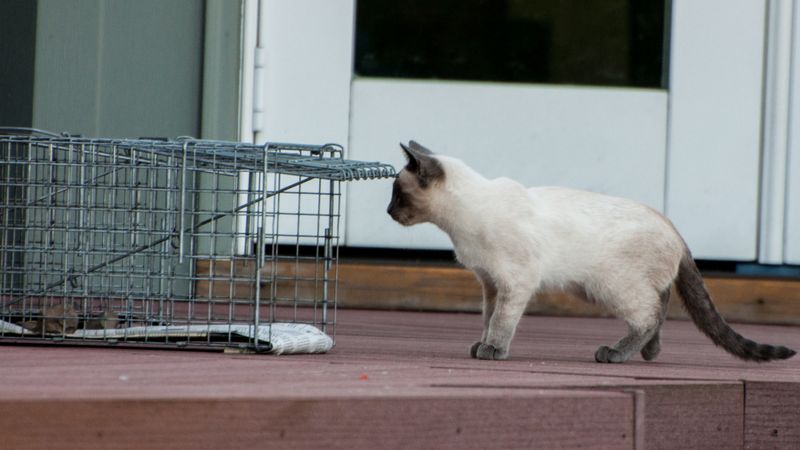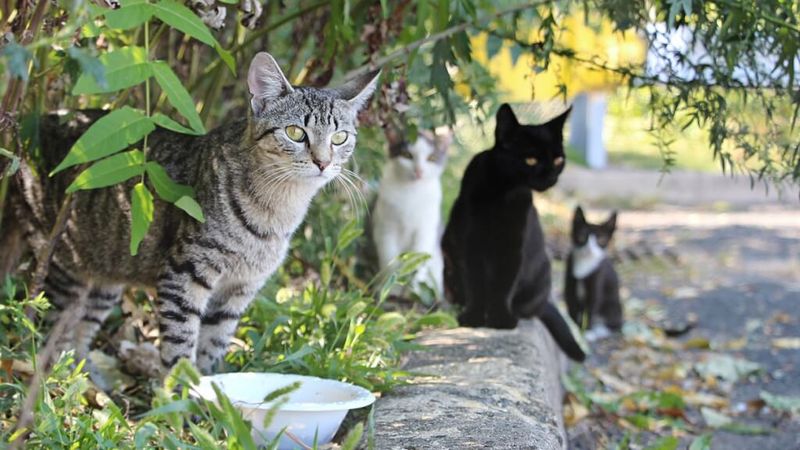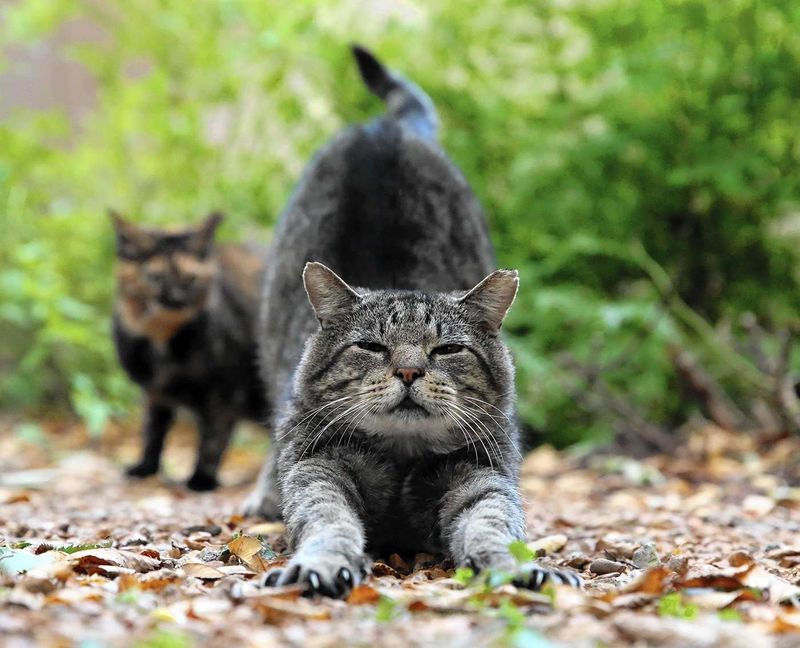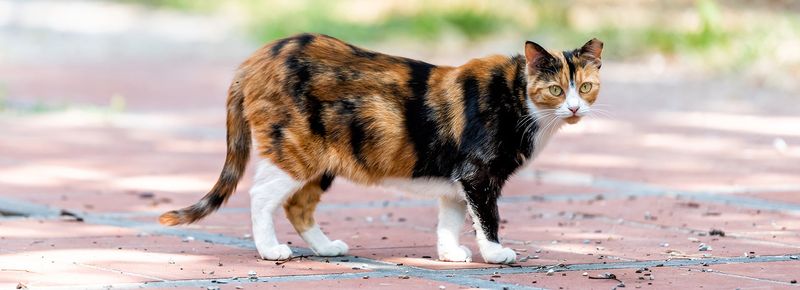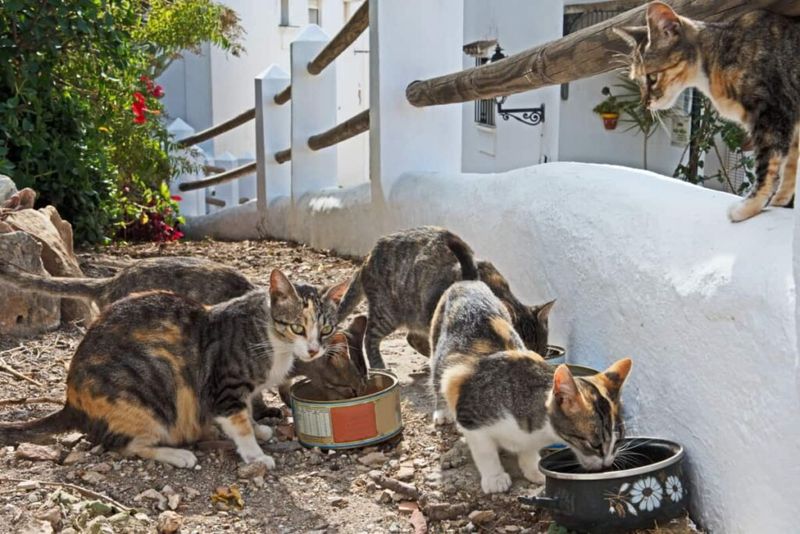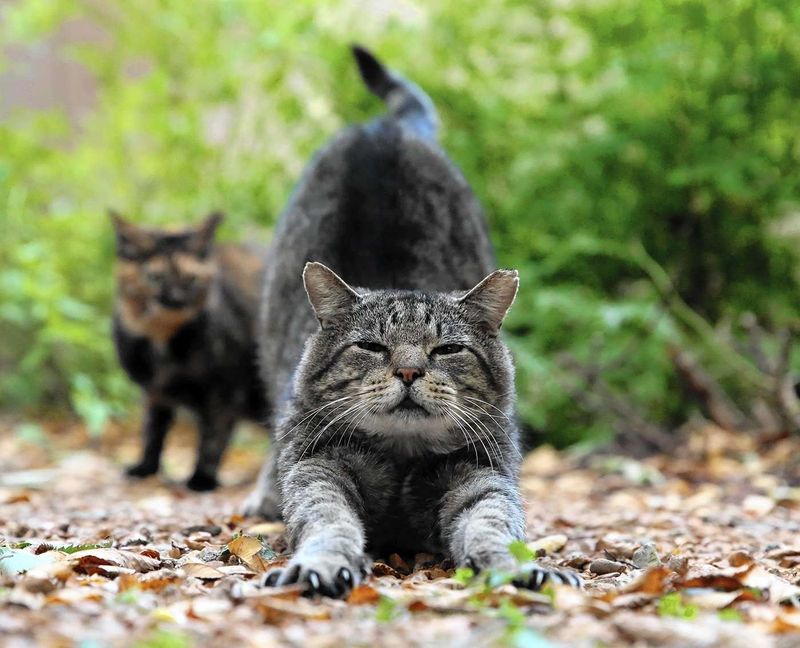📖 Table of Content:
Feral and stray cats are a common sight in many communities, often living in alleys, parks, backyards, or near businesses. While these cats may seem independent, their uncontrolled population growth can lead to a variety of problems — from loud mating noises and territorial spraying to the spread of disease and overwhelming animal shelters. That’s where Trap-Neuter-Release (TNR) comes in — a humane and effective solution that’s gaining momentum across the country.
TNR involves trapping community cats, having them spayed or neutered by a veterinarian, and then releasing them back to their original location. This process not only stops the cycle of reproduction but also helps the cats live healthier, less stressful lives. Unlike outdated methods like removal or euthanasia, TNR respects the role that these cats play in the local environment while preventing future litters from being born.
Whether you’re an animal lover, a concerned neighbor, or someone simply curious about the cats in your area, understanding TNR is important. It’s a community effort that benefits both people and animals, and it’s easier to get involved than you might think. Here are 8 essential things everyone should know about TNR — because informed action can lead to a more compassionate and balanced approach to managing stray cat populations.
1. What TNR Stands For
TNR stands for Trap-Neuter-Release, a method designed to humanely control community cat populations. This process begins with safely trapping feral or stray cats using humane cages. Once caught, the cats are taken to a vet to be spayed or neutered, preventing them from reproducing. Following the procedure, they’re returned to the exact location they were found — the area they call home. Unlike adoption programs, TNR allows these independent cats to remain in their territory. Many animal welfare groups support this practice as a long-term solution. It’s a respectful alternative to euthanasia or relocation. People who learn about TNR often become advocates for its widespread use in their communities.
2. It Prevents Overpopulation
Every year, thousands of kittens are born on the streets simply because their parents were never fixed. With no intervention, one pair of unaltered cats and their offspring can produce hundreds of kittens in just a few years. That kind of growth leads to overcrowded shelters and overwhelmed rescues. Fortunately, TNR offers a sustainable way to interrupt this cycle. When cats are sterilized and returned, they no longer contribute to population growth. Over time, colonies shrink as cats live out their natural lifespans without reproducing. This means fewer kittens suffer from disease, starvation, or abandonment. Eventually, fewer stray cats means fewer cats entering shelters, where space and resources are limited.
3. TNR Is Humane and Safe
Unlike older methods that involve removal or euthanasia, TNR treats feral cats with compassion. It’s a process that prioritizes the well-being of both the animals and the communities they live in. Once trapped, the cats are sedated and handled by veterinary professionals. After the surgery, they’re monitored for a short period before being returned. No animal is harmed, and their natural lives continue — just without reproduction. In fact, TNR is widely recognized by veterinarians and humane societies as the most ethical option available. By reducing population growth this way, we avoid unnecessary suffering. Not only is TNR safe, it also builds trust between animal caregivers and the community.
4. TNR Improves Cat Health
While many assume stray cats are doomed to poor health, TNR actually improves their chances. Through the program, cats receive health checks, sterilization, and often vaccinations. This helps prevent infections and illnesses that are common in unfixed cats. Once neutered, males are less likely to roam or get into fights. Spayed females no longer experience the physical toll of repeated pregnancies. These changes result in a more stable, healthier colony. Cats that might have been injured in mating fights or while giving birth are spared that stress. In the end, healthier cats mean a healthier environment for everyone involved.
5. It Stabilizes Colonies
Whenever a full TNR is performed in a colony, the long-term effect is a steady and gradual decline in population. Fewer new kittens are born, and older cats pass away naturally without being replaced. This prevents the constant influx of new strays that can come from unfixed cats. As a result, the group of cats becomes easier to care for and manage. Caregivers can focus on providing food, water, and shelter rather than chasing a growing population. Over time, the colony becomes more peaceful and less disruptive. Wildlife is less affected, and community concerns begin to ease. What once felt like a cat crisis becomes a manageable, balanced part of the neighborhood.
6. TNR Reduces Nuisance Behaviors
Before TNR, many community cats display loud or aggressive behaviors like yowling, spraying, or fighting. Following sterilization, most of these issues significantly decrease or disappear altogether. This makes them less of a disturbance to nearby residents. Communities that implement TNR often report fewer complaints about cats. With hormones no longer driving behavior, the cats are calmer and less territorial. Males stop roaming for mates, and females no longer go into heat. These behavior changes also reduce risks of injury and disease. In effect, TNR transforms rowdy street colonies into quieter, healthier groups.
7. TNR Saves Money
From a financial perspective, TNR is far more cost-effective than repeated trap-and-remove methods. Shelters often spend more money trying to euthanize or rehome stray cats than on community-based TNR. Over time, a fixed population leads to fewer cats entering shelters, which lowers operational costs. Municipalities that support TNR benefit from decreased calls, complaints, and cat-related expenses. Volunteers and non-profits can often fundraise or offer services at low cost. Every dollar spent on TNR helps prevent a larger expense down the line. Fewer kittens means fewer resources needed for bottle-feeding, medical care, or adoption. Altogether, TNR helps communities save funds while doing good.
8. Community Involvement Makes It Work
Without community participation, TNR programs can’t reach their full potential. Local volunteers often handle trapping, feeding, and monitoring cats. Neighbors who support these efforts play a huge role in long-term success. Cities that partner with nonprofits create stronger, more coordinated TNR strategies. Informing the public and encouraging involvement fosters a sense of shared responsibility. It’s not just about the cats — it’s about creating a healthier, more humane environment. Schools, businesses, and individuals all have a part to play. The more people who understand and support TNR, the more effective and lasting the results will be.
